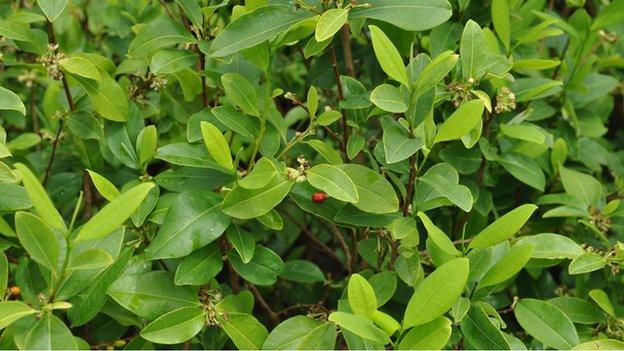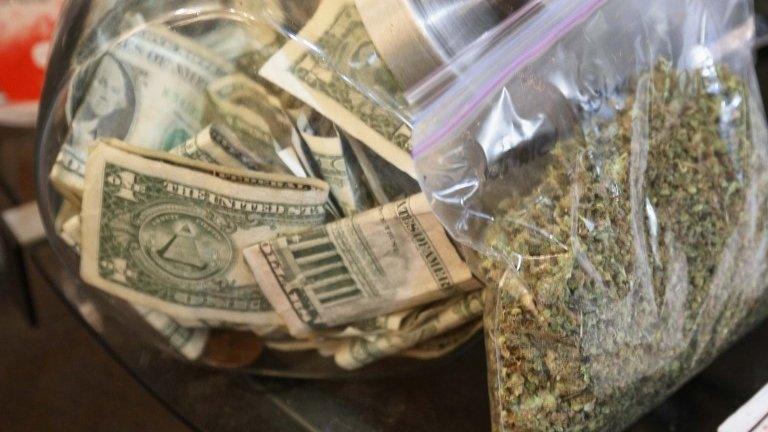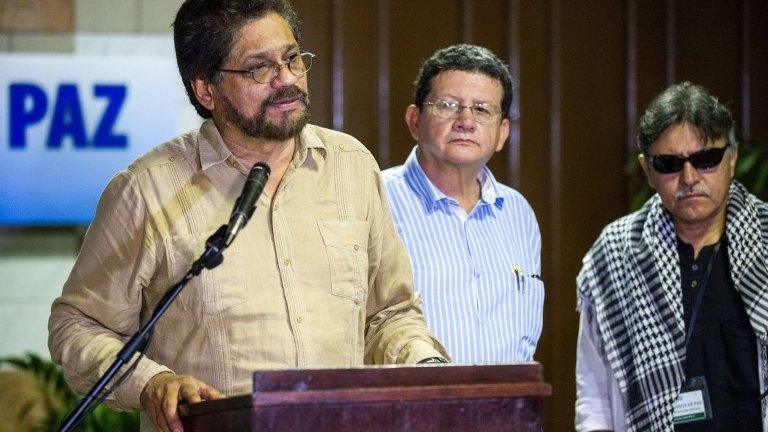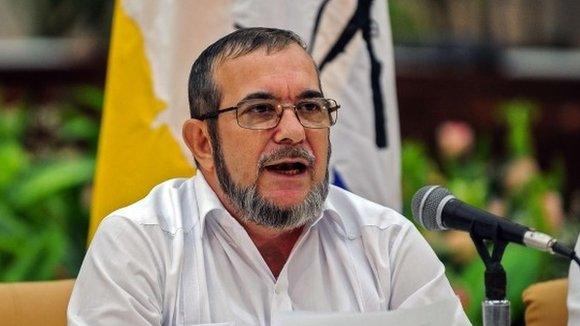UN: Coca area down in Peru and Bolivia, stable in Colombia
- Published

Coca plants have been grown for medicinal uses but are also the raw ingredient for cocaine
Figures released by the United Nations suggest the area planted with coca - the raw ingredient for cocaine - has diminished in Peru and Bolivia.
Peru is the world's top grower of the crop, and Bolivia is the third largest.
In Colombia, the second largest grower, the amount of land sustaining coca bushes remained stable.
But experts say the drop does not automatically mean there will be less cocaine as producers have become more efficient and boosted productivity.
Peru reduced the size of its coca plantations by 17.5% between 2012 and 2013, bringing them down to 49,800 hectares.
It is closely followed by Colombia, where the area used for coca cultivation remained stable at 48,000 hectares, according to a survey carried out by the United Nations Office on Drugs and Crime (UNODC) and the Colombian government.
Record low
The coca area in Bolivia fell by 9% to 23,000 hectares - its lowest in 12 years.

Farmers in the Andean countries have been encouraged to stop growing coca and to switch to other crops
The Bolivian government said this put it on course for its goal to get cultivation down to 20,000 hectares by 2015.
The chewing of coca leaves is a centuries-old tradition in Bolivia, where it is used as a mild stimulant and sacred herbal medicine.
Bolivian President Evo Morales, who also heads the coca growers' union, has long campaigned for coca to be legalised.
Speaking after the survey was released, he said that "if the coca leaf was not being diverted to the illegal cocaine market then we wouldn't need to limit it".
"But, this problem has come from the outside, so we need to do our part in eradicating and limiting the cultivation of coca."
In Colombia, the coca crop has provided left-wing rebels with a source of illegal funds for decades and further fuelled the armed conflict.
But as part of the peace negotiations currently under way between the government and the country's largest rebel group, the Revolutionary Armed Forces of Colombia (Farc), the two sides agreed on a plan to deal with the illegal drug trade.
They agreed to eliminate all illicit drug production in Colombia should a final peace deal be reached.
- Published27 June 2014

- Published17 May 2014

- Published24 September 2015
